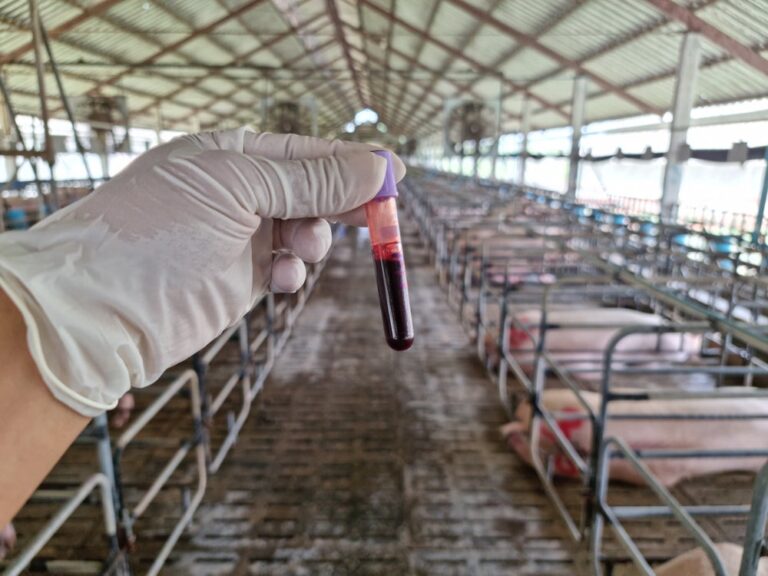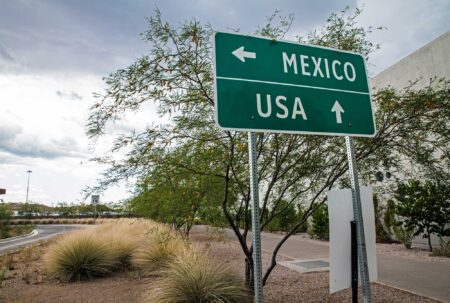When weighing the threat of tracking a potential African swine fever virus outbreak in the U.S., research has found that in-state sampling and laboratory capacity are areas of concern — particularly in areas with dense swine farm populations.
ASF is a highly contagious viral disease in pigs, with a mortality rate that is often 100 percent. Infected pigs may not show symptoms before they die, potentially allowing the virus to spread before it is detected. The cost of a potential ASF outbreak in the U.S. has been estimated at $80 billion. The nation’s top three swine states are Iowa, Minnesota, and North Carolina.
“The key to managing an ASFV outbreak is in testing and containing the infection,” said Jason Galvis, research scholar at North Carolina State University. “But in areas with dense farm populations, getting the tests done in a timely way may be difficult. We looked at the current protocols and modeled what might happen during an outbreak.”
During an outbreak, health officials must travel to farms and collect blood samples which are sent to labs for testing. To eliminate the possibility that the sample takers could carry the disease from farm to farm, they must wait 72 hours between sampling visits.
The model used during this analysis, PigSpread, looked at population and movement data from one densely populated swine state to simulate the spread of ASF in both large and small outbreak scenarios. Overall, the model generated a median of 27 outbreaks in 150 days. For the median outbreak scenario, blood and oral samples had to be taken from pigs in over 3,000 barns.
Assuming that 31 samples per barn are necessary for the surveillance of ASFV, and given downtime requirements for samplers, the lowest number of personnel needed to get samples without delaying the process varied between 136 and 367, but this number could increase to between 833 and 3,115 in large epidemic scenarios. Overall, the researchers estimated that in 50% of the outbreak scenarios, at least 238 sample collectors would be required to do the job.
Laboratory capacity was also a concern, as only specific labs have the ability to process these samples. The model capped daily laboratory capacity in the study area at 1,000 samples per day. The median delay for processing without sample pooling was 92 days, which went up to a maximum of five years in the worst scenarios. Sample pooling combines samples from one barn into one test, and that sample is tested first. If that pooled sample is negative, all members of the pool can be given a negative result.
The researchers, whose work appeared in Preventive Veterinary Medicine, noted that potential mitigating factors, such as reducing downtime for samplers from 72 to 24 hours and utilizing oral samples in addition to blood samples did decrease the sampling time, and pooling samples relieved some of the pressure on laboratories. However, the feasibility of those approaches would need to be evaluated further, as, for example, there are still questions surrounding the effectiveness of oral sampling.
“While there are limitations to the model, the main takeaway is that we need to look closely at our current sampling strategies to enhance our preparedness before an outbreak,” Galvis said.



:max_bytes(150000):strip_icc()/corn20row20medium20shot2027799306935_11d2bf8d68_c-bd8d55a13c9240b6a58d961346b384c5.jpg)
:max_bytes(150000):strip_icc()/100875326_pigs-205487d9fc054eaea6fab279218b5d6a.jpg)





:max_bytes(150000):strip_icc()/heatherlibrary-90ea3b4777294b008ffd3f817bf229d5.jpg)
:max_bytes(150000):strip_icc()/2308-01-097_pigs-b0529b97e3e943d392b7014aee9eb4f5.jpg)